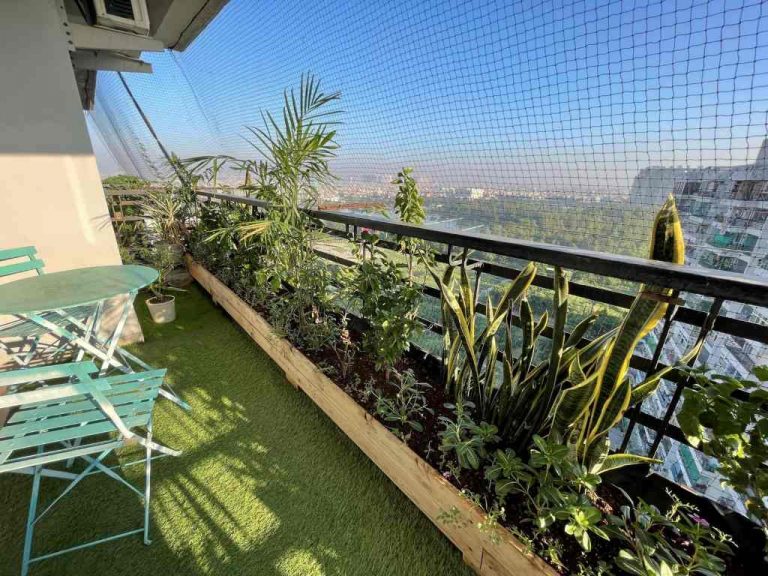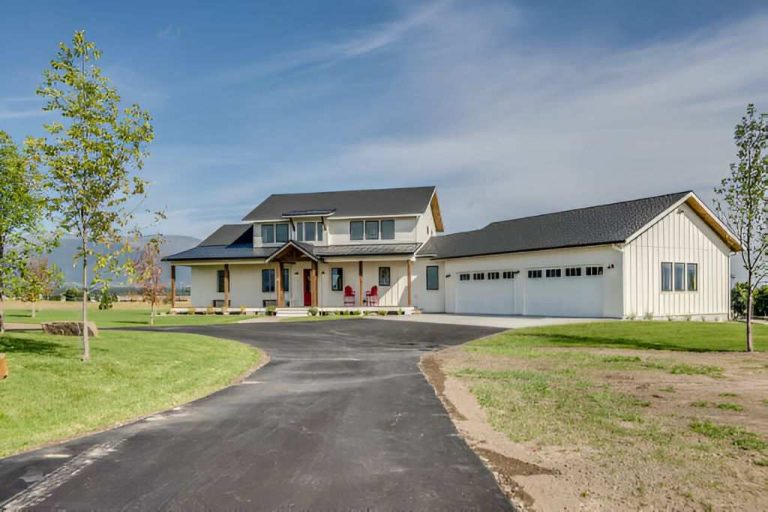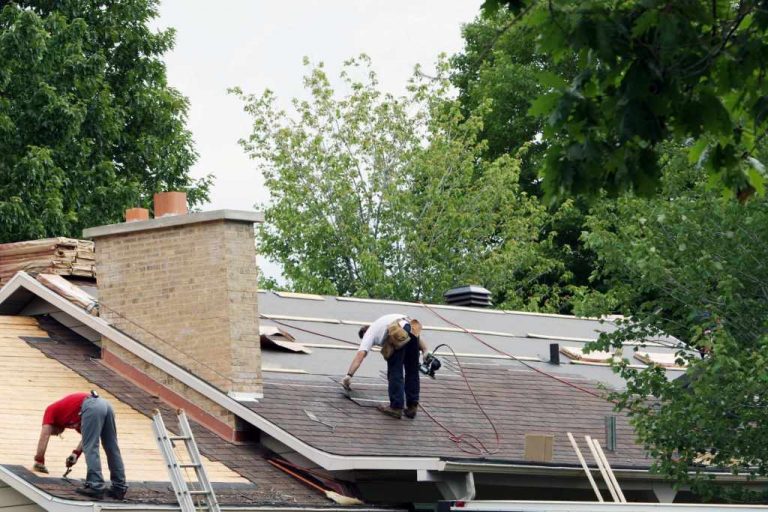Concrete is the backbone of many modern structures, including residential homes. Its durability and strength make it a popular choice for foundations, driveways, sidewalks, and other essential elements of a home.
However, despite its robust nature, concrete is not immune to damage and deterioration. Over time, factors such as weathering, water infiltration, and heavy loads can take their toll on concrete surfaces, leading to cracks, spalling, and other defects.
Proper repair and maintenance techniques are essential to preserving the structural integrity of your home and ensuring the longevity of its concrete components. You can hire reputable Seattle concrete contractors who offer a full range of concrete-related services for your home.
Understanding Concrete Damage
Before delving into repair and maintenance strategies, it’s crucial to understand the common types of damage that can afflict concrete surfaces:
● Cracking
Cracks in concrete can occur due to various reasons, including shrinkage during curing, thermal expansion and contraction, settlement of the underlying soil, and excessive loading. These cracks not only compromise the appearance of the surface but also provide pathways for water and other harmful substances to penetrate the concrete, leading to further deterioration.
● Spalling
Spalling refers to the flaking or chipping of the concrete surface, often caused by the intrusion of water and the subsequent freeze-thaw cycles. Spalled aggregate concrete not only looks unsightly but also exposes the underlying reinforcement to corrosion, which can weaken the structure over time.

● Scaling
Scaling is another form of surface deterioration characterized by the loss of the top layer of concrete, resulting in a rough and pitted surface. Like spalling, scaling is often caused by the effects of freezing and thawing cycles, as well as the use of deicing salts.
● Corrosion of Reinforcement
In reinforced concrete structures, such as foundations and retaining walls, corrosion of the steel reinforcement is a significant concern. Exposure to moisture and chloride ions can cause the steel to rust, leading to expansion and cracking of the surrounding concrete.
Repairing Concrete Damage
Effective repair of concrete damage requires a thorough understanding of the underlying causes and proper techniques to address them. Well-maintained concrete surfaces enhance home value and curb appeal of the property, making it more attractive to potential buyers and commanding higher market value.
Here are some common methods used for repairing concrete:
Crack Repair
- Surface Sealing: For hairline cracks and minor surface imperfections, a simple surface sealing or filling using epoxy or polymer-based sealants can be sufficient to prevent water infiltration and further deterioration.
- Injection Grouting: For larger cracks, injection grouting involves injecting a specialized grout material into the crack under pressure to fill and seal it from the inside out. This method is particularly effective for structural cracks that need to be restored to their original strength.
Spall Repair
- Surface Patching: Small spalls and localized surface damage can be repaired using a polymer-modified concrete patching compound. The damaged area is cleaned, moistened, and then filled with the patching material, which is then troweled smooth to match the surrounding surface.
- Overlay Systems: In cases where the damage is extensive or widespread, applying an overlay system can be a more effective solution. These systems consist of a thin layer of polymer-modified concrete or epoxy mortar that is applied over the existing surface to provide a new, durable wearing surface.

Preventive Maintenance
In addition to repairing existing damage, proactive maintenance measures can help prevent future issues and prolong the lifespan of concrete surfaces:
- Sealing and Waterproofing: Applying a high-quality concrete sealer to exposed surfaces can help protect against moisture intrusion, chemical attack, and freeze-thaw damage. Waterproofing membranes can also be installed on below-grade concrete to prevent water penetration from the surrounding soil.
- Routine Cleaning and Inspection: Regularly cleaning concrete surfaces and removing debris, dirt, and vegetation can help prevent the buildup of contaminants that can accelerate deterioration. Periodic inspection of concrete structures allows for the early detection of any signs of damage or distress, enabling prompt repair before it worsens.
- Control of Environmental Factors: Minimizing exposure to harsh environmental conditions, such as extreme temperatures, moisture, and deicing salts, can help mitigate the risk of concrete damage. Providing adequate drainage, shading, and ventilation can also help maintain optimal conditions for concrete durability.
Enhance the home’s structural integrity with concrete repair
Concrete repair plays a pivotal role in maintaining a home’s structural integrity, encompassing various aspects that are critical for the safety, longevity, and value of the property. Let’s delve deeper into each aspect:
Preservation of Property Value
- The condition of a home’s structure significantly influences its market value. Properties with well-maintained concrete structures command higher prices and are more attractive to potential buyers.
- Neglected concrete damage can deter prospective buyers and may lead to decreased property valuations. Investing in concrete repair ensures that the home retains its value and marketability over time.
Enhanced Aesthetic Appeal
- Beyond structural considerations, the appearance of concrete surfaces contributes to the overall aesthetic appeal of a home. Cracked, spalled, or discolored concrete detracts from the visual appeal of the property.
- Repairing concrete defects restores the appearance of surfaces, enhancing the curb appeal and overall attractiveness of the home. Whether through patching, resurfacing, or decorative treatments, concrete repair can rejuvenate the look of driveways, walkways, patios, and other exterior features.
Structural Stability
- Concrete elements provide essential structural support for the entire building system, including walls, floors, and roofs. Any compromise in the integrity of these elements jeopardizes the stability and performance of the structure as a whole.
- Timely repair of concrete deficiencies ensures that structural components remain robust and capable of resisting applied loads, thereby preserving the safety and functionality of the home.

Conclusion
Concrete is a durable and versatile building material that plays a crucial role in the structural integrity of residential homes. However, like any other construction material, concrete is susceptible to damage and deterioration over time.
By understanding the common causes of concrete damage and employing proper repair and maintenance techniques, homeowners can preserve the structural integrity of their homes and ensure the longevity of their concrete components.
From crack repair and spall restoration to preventive maintenance measures such as sealing and cleaning, investing in the care of concrete surfaces is essential for protecting one’s most valuable asset – their home.











